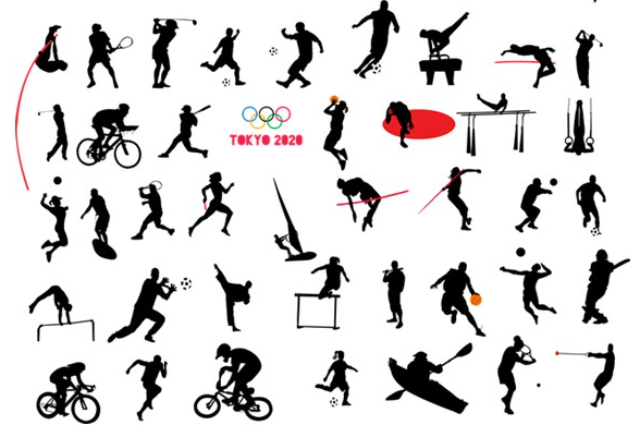
Sports as a recreational or socio-cultural activity; What does history tell us
Sports is not just a socio-cultural practice and/or a recreational activity. But over centuries it has transformed into a tool for local, regional and international pride; and an emblem of iconic nationalism. Sports is not just viewed in the same context currently as was done previously several decades ago. It has turned slowly into increasingly and aggressively competitive as well as an arena or platform for earning celebrity status and making lots of money. From a humble beginning in the past, sports has transformed into a lucrative global industry with several billions of dollars worth of investment and trade.

A celebrity sports personnel today earns millions of dollars per year and on retirement, their collective property, wealth, and business investments after a successful career run into billions of dollars like an industrialist. Hence, the context of sports from simple participation has changed into fierce and aggressive cut-throat competition in all major developed, developing, and underdeveloped countries in both hemispheres.

Sports have been associated intimately with every old civilizations like the old Indus Valley Civilization, Chinese, Persian, Babylonian, Mayan, Aztec, Toltec, Inca, Greek, Roman, Egyptian, Mongolian, Ottoman and Byzantine civilizations to all modern European empires like the British, French, Dutch, Belgian, Austrian, Italian, Spanish, Portuguese, Russian, Danish and German to mention only a handful. This suggests that sports and sports-related activities have been an integral part of human society and culture from the dawn of human civilizations across the planet.
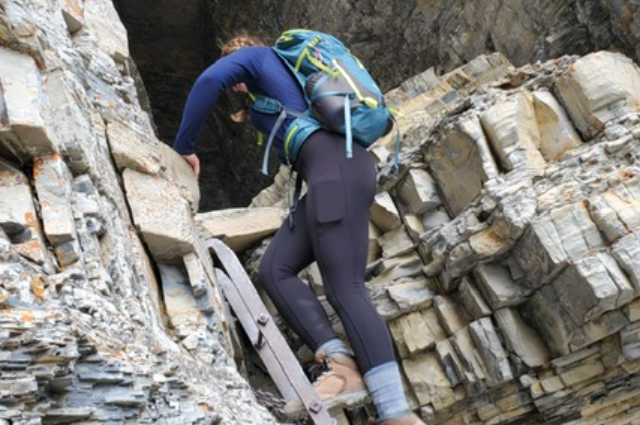
Even in the distant past sports has always been glorified and portrayed as a matter of personal and national fame as well as status; and has been used as a successful tool for socio-cultural dominance, diplomacy, and in establishing superiority over others. It has been a social bridge connecting the diverse strata of different societies and in providing a source of recreation for the common mass. Sports have been historically associated with hero worship, in developing extreme popularity, as a source of earning unprecedented amounts of money, and in achieving colossal celebrity status around the planet.
Sports and India from a modern global perspective
Sports and related activities have been a hallmark of Indian socio-cultural life from the days of the Indus Civilizations to ancient and medieval periods to the modern ages. Pre-independent India was known in the national and international sports cycle as the British India team and had earned several accolades to their brand name. But the deterioration of Indian sports came following Indian independence in 1947. Almost seven decades post independence Indian sports has shown a low-performance curve from a global perspective with only sporadic high achievements by certain individuals and teams.
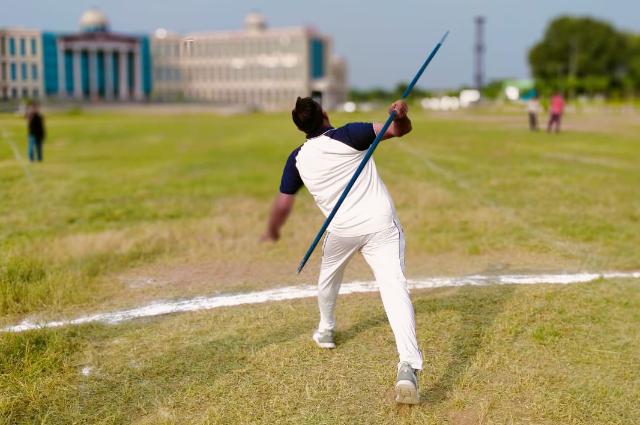
Unfortunately, India has been lagging far behind other contemporary nations due to a large number of factors. Some sports events have surfaced with strong performance and appreciable international achievements such as cricket, field hockey, badminton, tennis, shooting, archery, chess, billiards, athletics, weight lifting, boxing, and wrestling. However, in every other sports event, India’s international performance and achievements unfortunately have been quite shabby, dismal, and frustrating.
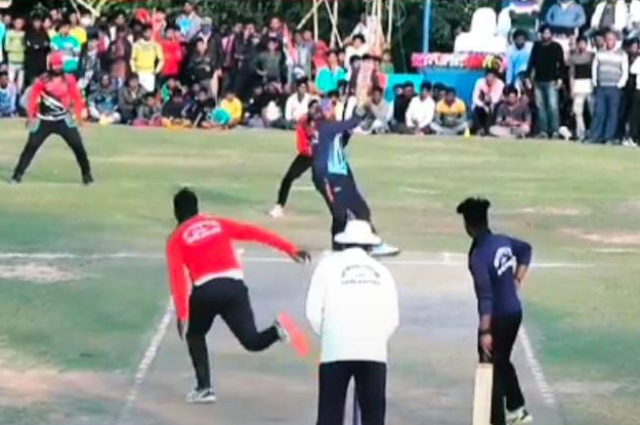
A nation with a vast population standing second in the world, achieving the position of the sixth largest global economy and representing the fourth largest global military power has insignificant presence in the global sports arena. One of the major global nuclear power nations with commendable human resources and a brilliant student force has made a minuscule presence in the global sports arena post independence. Over the decades India’s performance at major highly prestigious global events such as ASIAD, Commonwealth Games, Olympics, Afro-Asian Games, Global Meets, and World Championships has been humiliating for the nation. The only event where India comes at the top of the table is the rather insignificant SAAF Games due to the absence of any significant contender.
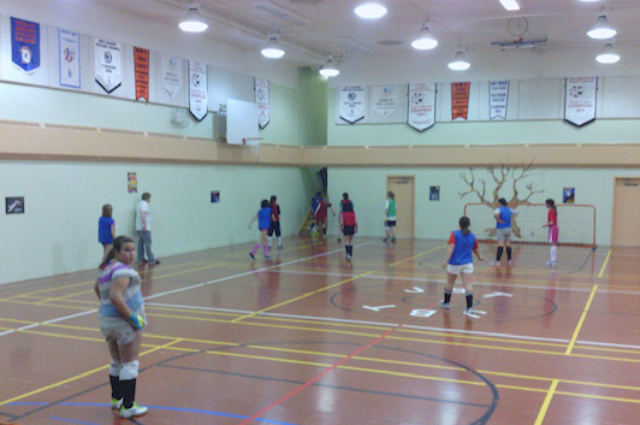
Soccer which is madly popular across the north to south of the country; India struggles even to defeat small nations like the Maldives, Afghanistan, Bangladesh, or Nepal. The repeated humiliating sports performance of the nation at all major international events in various sports disciplines thus warranties an extensive review of the system, and important soul searching to highlight both challenges and opportunities.

Factors responsible:
The million dollar question, therefore, is why is India not being able to make a mark in sports at the international platform? The average level of the Indian economy, education, and awareness, infrastructure, quality of life as well as lifestyle has undergone significant changes post independence. A truckload of Indian graduates and postgraduates are doing high-salary jobs and holding responsible positions around the globe. The transformation of India into a giant global market with numerous foreign investments and businesses has changed the economy of the nation. The nation is rapidly moving towards achieving self-sufficiency in various agricultural and industrial sectors; and changing into a formidable global power. In spite of all positives of these changes very little has been achieved in the sports sector, we need serious introspection into this.

Catch and train them young
One of the most important factors contributing towards India’s monumental failure at the international arena is the negative attitude towards sports and sports careers in India. Most Indian parents both at high and low-income levels do not see a sports career to be a sustainable career for their kids. The uncertainty of career movement in various arenas of sports across the country; does not encourage parents to promote sports as a career for their children. The days of major sportsmanship are gone. In this age of high technology and precision, professional training and development is a must. This is totally missing in the entire country from Kashmir to Kanyakumari; and from Kutch to Kohima.

The consequence is that the nation is failing to identify, train and send suitable talented candidates to participate in international sports events. In most sports-friendly nations, kids are selected, groomed, and trained from as early as 9-10 years of age. The huge gap in a training regime and lack of any support from the family, society, and the local governments are holding back the opportunity to succeed at international sports events for Indians. The colonial mindset of the parents as well as the government; and the culture of worshiping a hero or celebrity after an international success is a monumental socio-cultural disease of our Indian society. Case in point is Niraj Chopra. The nation hardly knew him before he went to win the Olympic gold medal in javelin throwing. Post success he has been given a treatment of a demi-God heaped with appraisals, accolades, titles, awards, and unimaginable amount of prize money and sponsorship. Had this money been spent judiciously on other budding talents of the country who could bring in honor for the nation in the not-so-distant future, India would have made an international mark in different sports disciplines.

Previously, unprecedented love and attention shown to another past Olympic gold medalist in rifle shooting, Mr. Abhinav Bindra made him unsuccessful in almost all events after his last Olympics gold medal achievement. This childish and immature behavior as well as the attitude of the Indian public has damaged the further potential of various sports personnel in the country just because of this overwhelming hero worship and Tender Loving Care (TLC). The society as well as the government, therefore, needs to find means to identify, train, groom, and support potential sports talent. The foremost of this effort is to quickly identify those young talents across the nation and place them under proper training and in the right sports discipline in which they are strongest as well as an edge over their competitors. Such students need to undergo a special course curriculum at primary, secondary, and tertiary levels of education to accommodate their training schedule and participation periods both within the country or overseas. They need special training, special medical observations and treatments, proper exercise and diets, and constant encouragement, monitoring, and grooming from their childhood.

Lack of suitable infrastructure and trainers
In addition to the societal pressure and challenge; sports personnel also face frequent abuses, mistreatments, racism, and casteism as well as financial pressures during their training period at various government or non-government training centers. Furthermore, numerous reports regarding harassment of female participants in particular: threats, gang rapes, blackmailing, public humiliation, and financial exploitation by their peers, trainers, physiotherapists, and officials have surfaced in the media. In addition, lack of proper infrastructure equipped with modern gym, spa, swimming pools, change rooms, massage parlors, and locker rooms as well as facility for regular medical check ups, consuming approved medication and for undergoing necessary diagnostic tests for both male and female participants in sport’s camps has been rampant.
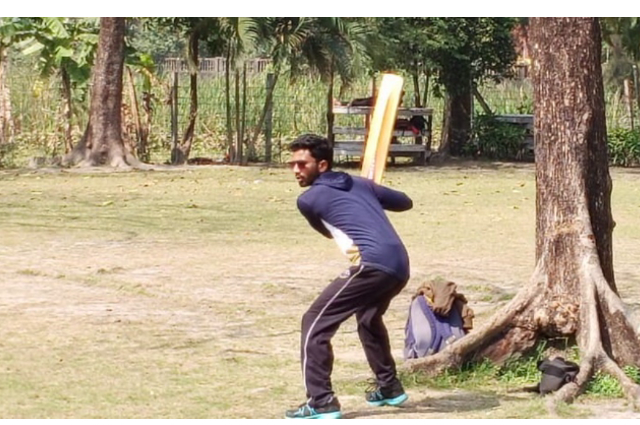
In addition to the availability of proper stadiums or training facilities to run extensive training and practice sessions, there is an acute shortage of properly educated and certificate holding coaches, trainers, judges, juries, referees and umpires are a big challenge to train a significant number of children to reach international level quality and capability. No proper counseling or medical health check ups are always available to sports personnel undergoing rigorous training. There is often no scientific set up or programs for the trainees or even minimal scholarships available for them to sustain. Poor diet and prolonged exposure to the elements of nature make them vulnerable to infections and repeated sickness at the camps.
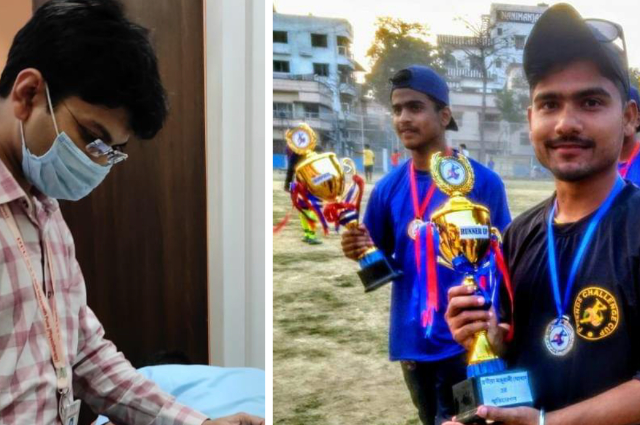
Modern sports medicine has reached the zenith of technological excellence around the planet. But very little has been achieved in terms of the popularization of sports medication and treatment in India. Even in those rare cases where such sports medication, treatment, counseling, and surgeries are available; they are way too expensive for ordinary participants or players to afford. Very little or no insurance coverage with respect to health and treatment of sports-related diseases as well as injuries are provided by relevant governments or the so-called sponsors. Both wish to reap the benefits of internationally successful sports personnel as their product endorsers or as ambassadors or as the prominent faces of their advertisement campaigns. But almost zero return is provided to the new batch of students entering the training campaign. Poorly educated coaches and trainers provide poor quality or obsolete methods of training making the students vulnerable to serious injuries, poor health and low immunity levels. Overall discipline, monitoring and surveillance in most of the camps are poor and they are neither efficiently earned or managed. Parents not being happy with the quality of such sports camps are mostly susceptible to withdrawing their wards from such poorly running sports training centers. Private facilities are available at international standard; but mostly unaffordable for the participants.
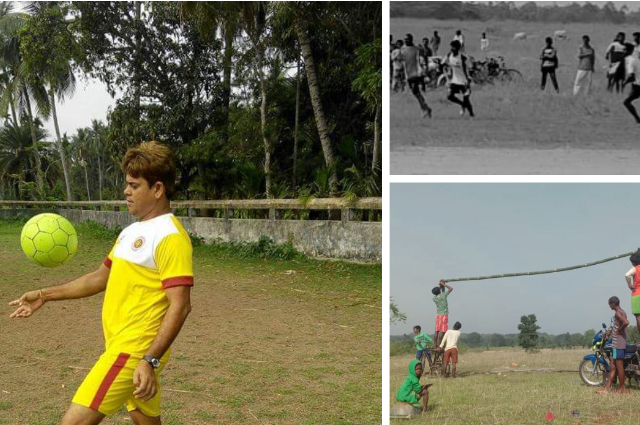
Negative politics and high levels of corruption and nepotism
Like any other field of life, negative politics is a significant factor that has proved detrimental for the propagation and dissemination of sports in India. It is also one of the most important factors that is responsible for the poor performance of India in sports at international levels. The preponderance of politicians in various boards, committees, councils, associations, federations, schools, and clubs with zero experience, credibility, and sports ethics has proved detrimental towards India’s success. Furthermore, unprecedented levels of corruption and high levels of nepotism in selecting capable candidates over potential ones have been slowly destroying Indian sports and possibility to succeed internationally. The media is full with reports of conflicts between sports administration, trainers and coaches, players and politicians over money, selection, promotion, and election has entered a vicious cycle with no possible treatment available in the near future.

Sports like any other discipline is a lucrative platform for earning money by corrupt politicians and their puppet followers. The massive entry of political personnel into sports in India for taking every possible decision related to funding, training, selection management, or policy development has had devastating long-term negative impacts on sport and allied activities. The elimination of suitable players, coaches, and trainers, umpires, referees, and judges from the national and state arenas has been impacting the further deterioration of sports in the country. The negative politics has been keeping capable people out of the sports arena and allowing the entry of inept and corrupt individuals to participate in various sports events representing India at international levels. Such actions are only bringing humiliation for the nation at the international level where our participants could hardly match even the lowest level of international standards.
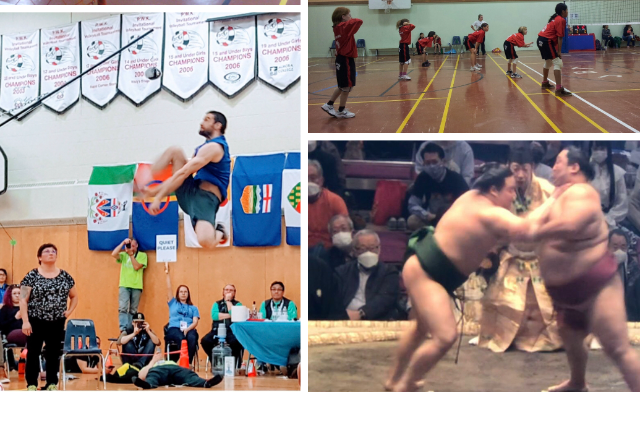
Lack of political will, awareness, and suitable sponsors
In the very true sense of the term, there is very little political will to take Indian sports forward. At both state, union territories as well as central government levels, very little initiative, will power all positive campaigns for encouraging sports in the country. Minimal sports promotion by the government and related agencies in both print, electronic as well as social media it’s noticeable. Sports is not an essential agenda in the political objectives or programs of any major or minor political parties in India. As a consequence there is very little interest and emphasis to promote sports across the country. In most developed and developing countries, students are selected at primary, secondary authority levels based on their skill and performance in various sports disciplines.
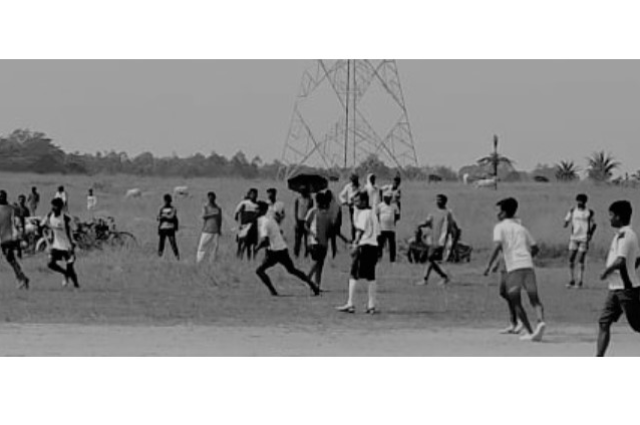
In India our education system does very little to promote sports or to facilitate the government or non-government agencies in identifying, supporting or training potential students with sports talents. No ‘catch them young’ initiative has ever been successful in this country. Very few schools in the country, particularly in the urban areas, have their own sports ground, sports teacher or any kind of sports facility to encourage the students to take sports as a career. Whatever sports infrastructure is available with our Indian school systems in both rural and urban sectors is a grossly ornamental end of poor quality having no relevance to train people for participating in sports at international level. Most teachers and educators are unaware of the needs of potential students with talent in sports and how to facilitate them in any way or other. Some stories of personal dedication, sacrifices and hardships by teachers to help their students in sports are known. But they are like a few drops on a vast ocean of gross ignorance, lack of education and awareness, illiteracy, negative politics, colossal corruption and monumental nepotism
The great success of the handful of sports celebrities and personnel are mostly self-achieved and/or self-sponsored with their family support. The big sponsors are only available to highly established sports celebrities and personnel or to those with high-level political or family connections. Most Indian companies are only interested in promoting high-value personnel like Sachin Tendulkar, Virat Kohli, Niraj Chopra, and others. But they do not wish to sponsor the potential new talents in most cases. So the buds usually dry up even before they ever get the chance to successfully bloom into a completely beautiful flower!
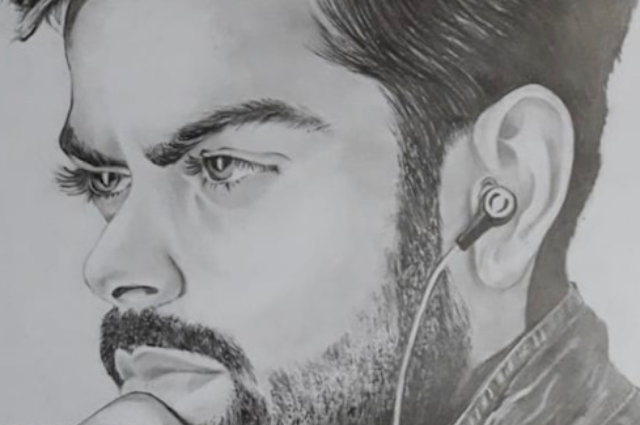
Sketch: Suhan Mandal
Some lucky individuals are fortunate enough to get the right attention at the right time and become successful later. But such success stories and accomplishments warm our hearts to an exceedingly low number. Post-independence, both the private and public sectors have failed to provide any reliable platform for sports to flourish in India other than providing some job quotas for political and business gains, respectively. No long-term proper planning, any reliable vision or mission for changing the country to an important sports destination or developing sports into a major industry is visible even in the distant horizon. The lack of in-depth review of the situation by expert committees or journalists and/or sociology researchers further indicates the apathy of sports in India.

Sketch: Suhan Mandal
Any light at the end of the tunnel?
The apathy of sports in India could not be changed or transformed overnight. The over emphasis on some sports like cricket, soccer, and hockey needs to be reduced to accommodate other sports and give them a breathing space for the moment. It is impossible to separate sports and politics in India at this moment; but, people need to be aware of the situation and work accordingly. If voters insist on pushing the government to spend more money on sports they are bound to do it today or tomorrow. The media also needs to raise its voice to push for promotion of sports in the country and provide advocacy for potential good candidates. The public needs to voice against rejection of able candidates by corrupt agencies. More coverage is necessary for promoting sports in India by our lawmakers in parliaments and assemblies. Sports events need to be supported, sponsored, and encouraged. Since the sports infrastructure of the country is quite poor and way below the international standards; it is important for the nation to arrange for overseas training of highly motivated and talented sports personnel capable of winning medals for the nation.
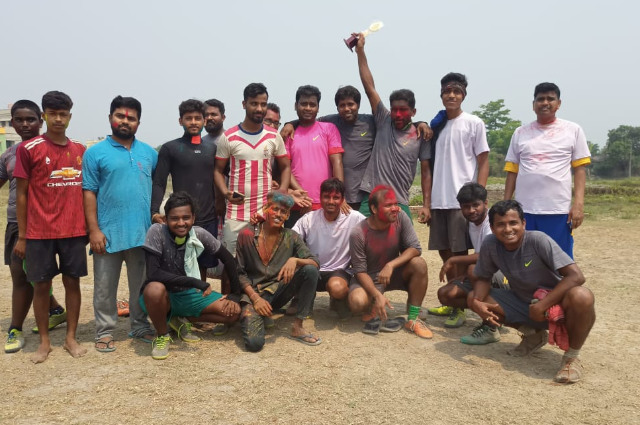
The nationwide mid-day meal model could be a platform for promoting sports from the primary and secondary levels of education. It is therefore important to integrate sports with both school, college, and university curriculum. Our teachers and professors need to be vigilant for sports talents in their classroom and help authorities in catching them young. Specialized curriculum for individuals dedicated to sports careers needs to be designed as is practiced in countries highly advanced in sports achievements.

There is a need for systematic development of the sports infrastructure of the country under private and public initiatives like stadiums, camps, hostels and dormitories, practice grounds, pools, and courts as well as sports medical clinics to help and support the needs of our growing talents. Quality vegetarian and non-vegetarian diets need to be designed followed by proper inspection, training, motivation and regular medical check-ups and necessary physiotherapy and medication. As our public becomes educated and supportive towards sports the negative attitude of parents and families towards sports will change over time.

It is time for India to learn from Japan and other developed and developing nations to make a BIG move forward with advanced infrastructure and training programs to match with the rest of the world. Sports is not just a cultural icon; but, a soft power to tell the world that as a nation we are able to achieve high success like others.
. . .
Image Credits:
- Saikat Kumar Basu
- Suman Patra
- Sara Gateman
- Franco Nogarin
- Santanu Chakrabarty
- Soumik Basu
- Dimpy Mitra
- Rahul Ray
- Ram Singh Tomar
- Produmno Dhor
- Bikram Mitra
- Anjan Kumar Dasgupta
- Ashim Halder
- Sukrishna Ishii
- Bishwanath Bandyopadhy
